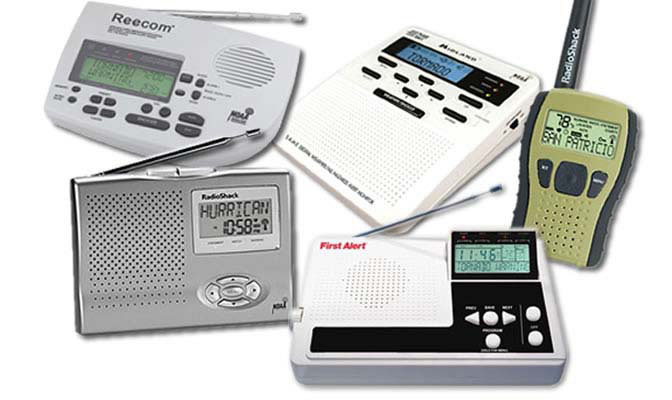One such way to gather weather information is through NOAA Weather Radio All Hazards. The National Weather Service utilizes weather radio to broadcast continuous weather information 24 hours a day, 365 days a year. While routine programming consists of forecast information, climate reports, hazardous weather outlooks and current weather conditions, programming will be interrupted when severe weather is impacting the listening area. When properly programmed, NOAA Weather Radio All Hazards will alert you of a warning for your area by providing an audible tone and visual alert. NOAA Weather Radio All Hazards can be programmed for one county or multiple counties to receive weather warnings and can run on battery backup if power is out. NOAA weather radios can be purchased at many electronics stores for a small price.

A relatively new way to receive weather warnings is from the wireless emergency alerts feature for cell phones. This is a new avenue that government agencies use to send urgent messages directly to cell phones in an impacted area. Apps or additional software are not needed and messages will look very similar to text messages when received. Given this is a new service, please contact your service provider for more information.
Here are a few questions and answers about WEA alerts.
What type of alerts will I receive?
Does this service cost anything?
No. This service is offered for free by wireless companies and does not count against texting limits.
What type of alerts does the NWS provide?
What do the alerts look like?
NOTE: We highly recommend to NOT turn off the WEA alerts so that you receive up-to-date and potentially lifesaving warning information.
For more information on WEA alerts, visit the NWS WEA page.
Television, commercial radio, the internet, text messaging services and smartphone applications are other ways to receive weather information and warnings. The key to staying informed is to have multiple ways of receiving weather alerts as technology failures, delays or other unforeseen circumstances may occur. Redundancy is key to preparedness. Here are a number of ways to get warning information: